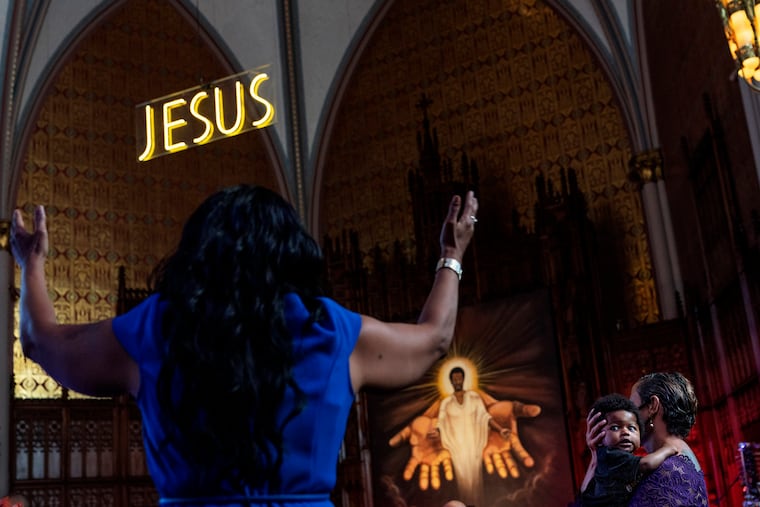Black Catholics deserved recognition in PBS doc on Black churches | Opinion
One writer asked: How many hours long does a Black Church documentary need to be before Catholicism gets airtime and a fair shake?

One writer asked: How many hours long does a Black Church documentary need to be before Catholicism gets airtime and a fair shake?
